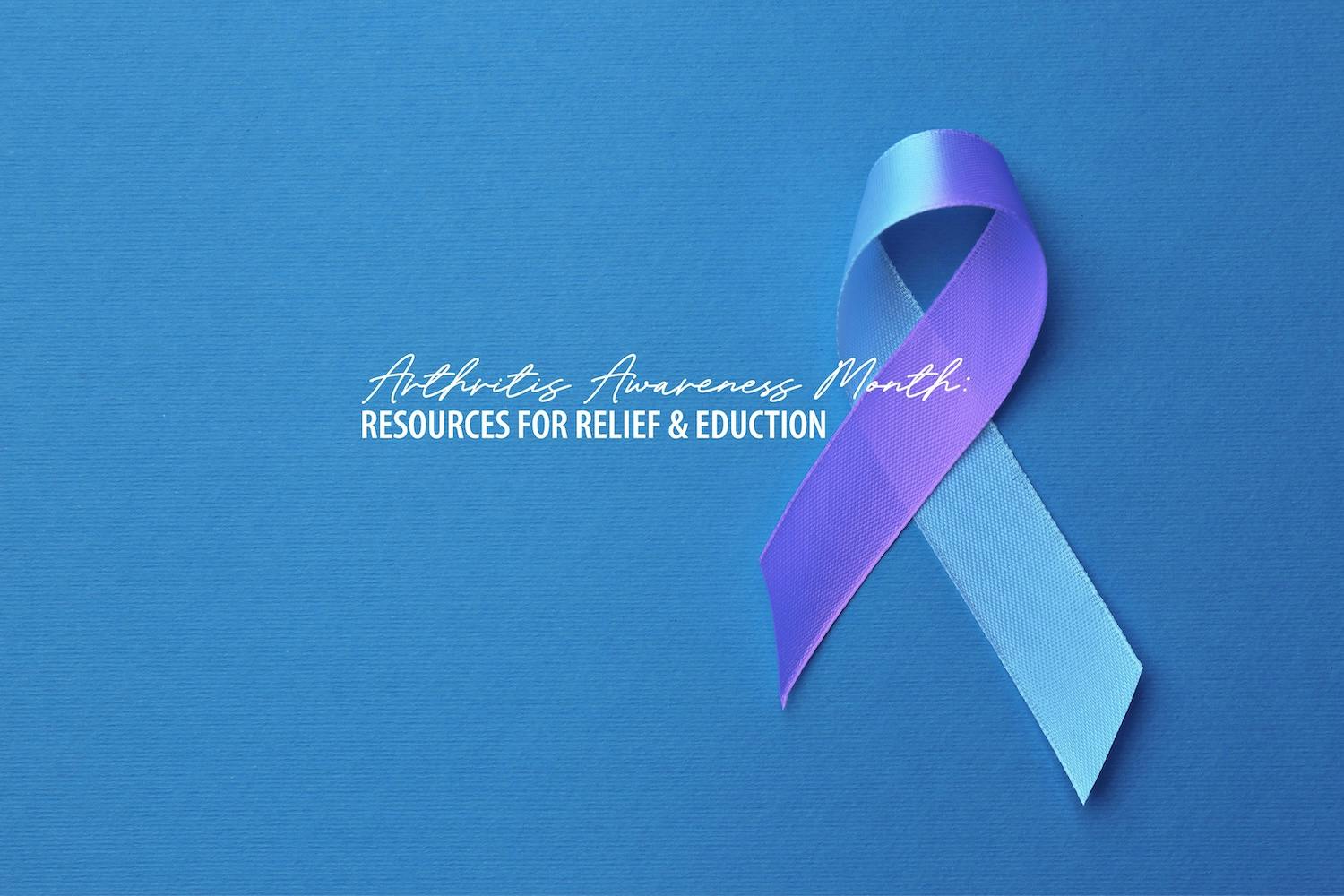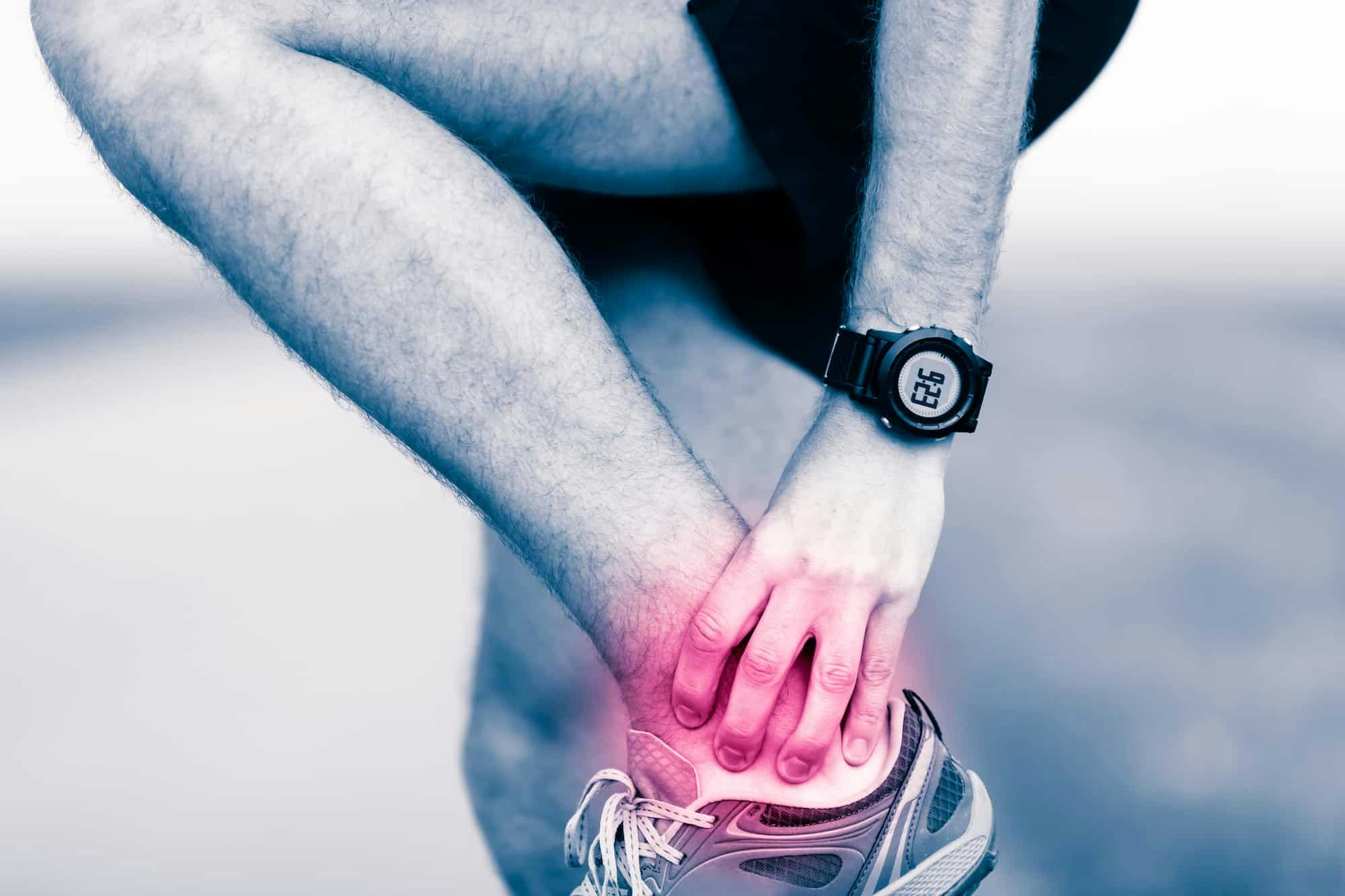- Blog
ACL Tear Reconstruction
Posted on 01-02-2026 in Common Knee Injuries by Dr. Chris O'Grady

Posted on 01-02-2026 in Common Knee Injuries by Dr. Chris O'Grady
Anterior Cruciate Ligament tears are one of the most common types of knee injuries. The ACL is a ligament that crosses the inside of the knee, connecting the femur to the tibia while offering stability to the joint. Tears often need to be reconstructed surgically to restore knee stability and strength. Before surgery, many patients go through physical therapy to prepare for a successful recovery. If you are in need of an ACL reconstruction, here's a look at what you can expect from the procedure and your recovery.
The Procedure
In many cases, your orthopaedic surgeon will choose to do arthroscopic surgery for an ACL reconstruction. This approach offers benefits such as smaller incisions, fewer risks, and improved recovery time. Before the procedure, you'll be given either regional or general anesthesia. Several small incisions are made around the knee, and a sterile saline solution is then pumped into your knee to help wash away blood and expand the incision so knee structures can be seen clearly.
An arthroscope is inserted into one of the incisions, and the camera located at the end of the arthroscope provides visuals so your surgeon can easily see. Surgical drills are inserted, and small holes are drilled into the tibia and femur where they come together at the joint. These small holes make tunnels where the graft can be anchored.
A tissue graft is used to replace the torn ACL and works somewhat like a scaffolding allowing the new ligament to grow. These grafts can come from several sources, such as your hamstring tendon, the patellar tendon, or the quadriceps tendon. An allograft, also known as a cadaver graft, can also be used. Every graft source comes with its own set of pros and cons, so it's important to talk about graft choices with your orthopaedic surgeon to determine which option is best for your specific situation.
If you're using your tissue for the graft, another incision will be necessary to remove the tendon graft. The graft is carefully pulled through those tunnels drilled into the bones. Hardware, such as staples or screws, is used to secure the graft, then steri-strips or stitches are used to close the incisions. Your knee will be bandaged, and you'll be taken to recovery for a couple of hours. Typically, you'll be allowed to go home the same day, although more complex surgeries that require repair to other areas of your knee may require hospitalization for several days.
The Recovery
When you're sent home after having an ACL tear reconstruction, you'll be given pain medications to help you feel more comfortable. Your doctor may recommend that you apply ice throughout the day to reduce the swelling and pain. Special support stockings and blood thinning medications may also be prescribed. You'll need to elevate the leg and pump or move the ankle and foot. Some surgeons even prescribe a continuous passive motion machine and compression boots to gently squeeze the legs, helping with blood circulation to restore knee movement and reduce swelling.
As you recover, range of motion and walking will be crucial. Physical therapy will be prescribed several days after surgery, and it is vital to recovery. Some of the first goals you'll have include strengthening the quadriceps muscles and the knee.
For the first few weeks, you'll need to use crutches or a walker when walking and standing; a knee brace is often worn when you're active. Your physical therapist will help you learn how to walk and manage stairs with these walking aids. You'll be taught exercises to help strengthen the hamstrings and quadriceps and regain your coordination and balance. It often takes four to six months to fully restore coordinated leg movements and proprioception.
The success of an ACL reconstruction largely depends on how well you focus on physical therapy and follow instructions for home care. During your first few days at home, you may need a bit of help, so if you don't have assistance, it's important to talk to your surgeon about alternative arrangements to ensure your recovery goes smoothly.
The length of recovery will depend on the specific type of procedure you had, the severity of the injury, and your overall health. Your surgeon will be able to give you expectations during recovery. Following the surgical protocol and physical therapy instructions, you should see steady improvement.
Why Florida Bone & Joint Specialists
Dr. O'Grady specializes in performing arthroscopic knee surgery for patients that require ACL reconstruction, among other procedures. Patients of North Florida Bone & Joint Specialists experience excellent outcomes. Our entire team works to help patients through the surgery and recovery process.

May is Arthritis Awareness Month, an opportunity to increase public understanding of arthritis and its impact on millions of lives. Established by the Arthritis Foundation, this national observance highlights the importance of early diagnosis, effective treatment, and ongoing research to improve the quality of life for those with arthritis.

With summer in full swing and children taking advantage of more time to participate in sports-related or other outdoor activities, it’s essential to be mindful of injury prevention while encouraging their interest in activities that don’t involve screen time!

May is National Arthritis Awareness Month, and of the more than 100 forms of this painful condition, many can affect the ankle. In fact, almost half of people in their 60s and 70s have arthritis of the foot and/or ankle, but not all of them have symptoms.